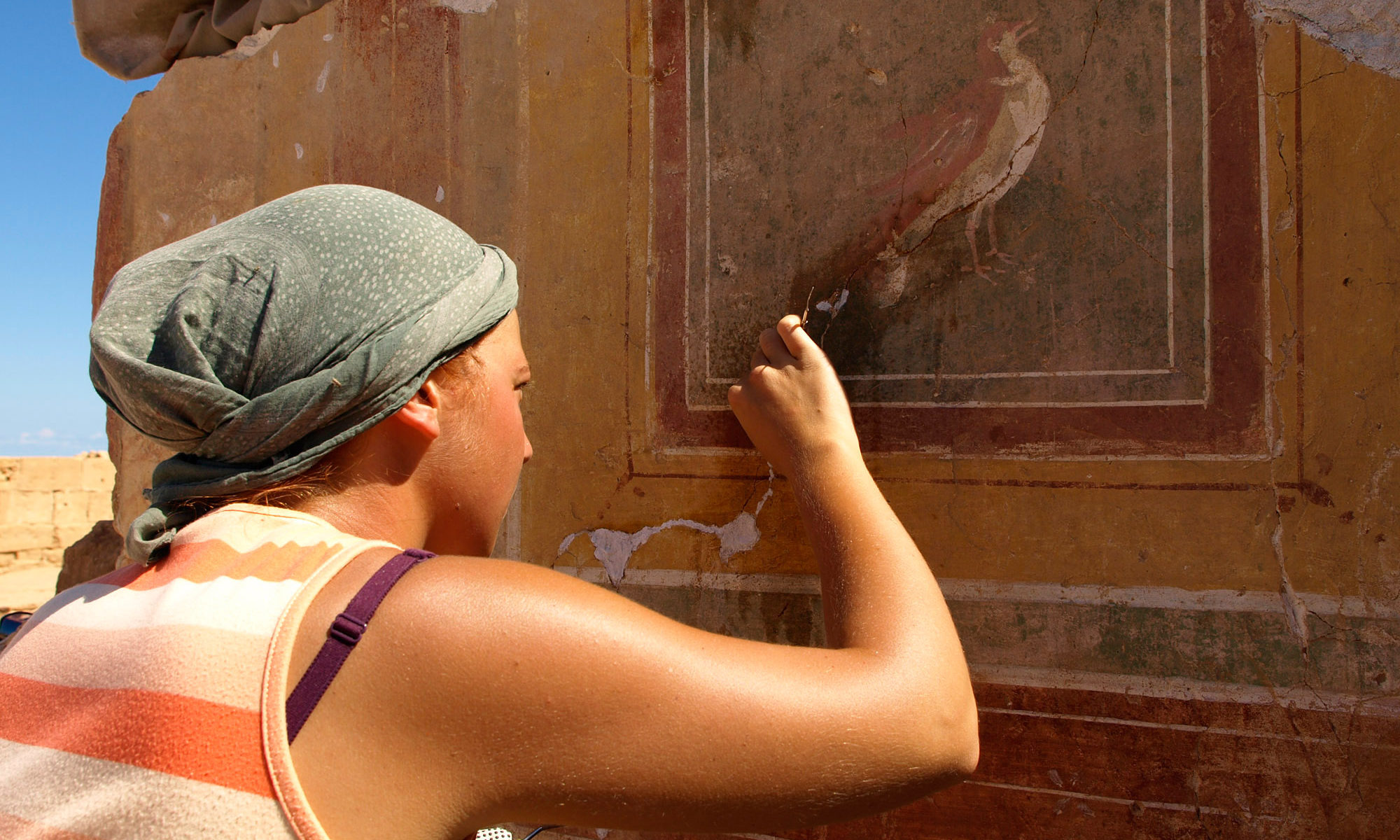Course Name: Ancient History — Near East, Ancient History — Egypt
Course Type: lecture
Lecturer, time & place: see course schedule
The course is focused on the ancient history of the Eastern Mediterranean. It complements the Archaeology of Egypt and Archaeology of the Ancient Near East courses with information on the history of these regions. Lectures will discuss the development of the Egyptian and Near Eastern civilizations in chronological order (from the early state formation in the early 3rd millennium BC to the Macedonian invasion). Our attention will be focused on interrelations and political and economic history of ancient states and empires. Precedence will be given to historical sources: annals, autobiographical texts, royal historical stelae, corpora of religious, administrative and literary texts as essential data for our present understanding of the past cultures. To comprehend the enormous bulk of data presented during the course, students will need not only to learn a great deal of facts but also to be acquainted with local peculiarities and geographic and cultural conditions which influenced the history of this region. This will require additional individual work and reading numerous publications.
Syllabus:
- Chronologies.
- Various types of texts as historical sources.
- Formation of early states.
- Rise and fall of empires.
- Social and economic history.
Selected Reading:
Baines, J., Málek, J., Cultural atlas of Ancient Egypt, New York, 2000;
Beckerath, J. v., Chronologie des pharaonischen Ägypten: die Zeitbestimmung der ägyptischen Geschichte von der Vorzeit bis 332 v. Chr, Mainz am Rhein: Verlag Philipp von Zabern, 1997;
Beckerath, J. v., Handbuch der ägyptischen Königsnamen, Mainz: von Zabern, 1999;
Briant, P., From Cyrus to Alexander. A History of the Persian Empire, Winona Lake, Indiana, 2002;
Bryce, T., The Kingdom of the Hittites, Oxford, 2005;
Crowford, H., Sumer and the Sumerians, Cambridge, 2004;
Grajetzki, W., The Middle Kingdom of ancient Egypt: history, archaeology and society, London: Duckworth, 2006;
Grimal, N.-C., A history of ancient Egypt, New York: Barnes & Nobles, 1997;
Joannès, F., La Mesopotamie au Ier millénaire avant J.-C., Paris, 2000;
Kemp, B.J., Ancient Egypt: anatomy of a civilization, London-New York: Routledge, 2006;
Kuhrt, A., The Ancient Near East c. 3000-330 B.C., London-New York, 1995;
Lacovara, P., The New Kingdom royal city, London-New York: Kegan Paul International, 1997;
Mayers, E.M., et. al. (eds), The Oxford Encyclopedia of Archaeology in the Near East, New York-Oxford, 1997;
Midant-Reynes, B., The prehistory of Egypt from the first Egyptians to the first pharaohs, Oxford, UK-Malden, Mass.: Blackwell Publishers Ltd, 2000
Morenz, S., Egyptian religion, Ithaca, N.Y.: Cornell University Press,1973;
Ritner, R. K., The mechanics of ancient Egyptian magical practice, Chicago, Ill.: Oriental Institute of University of Chicago, 1993;
Robins, G., The art of ancient Egypt, Cambridge, Mass.: Harvard University Press, 2008;
Roux, G., La Mesopotamie, Paris, 1995;
Saggs, W.H.F., The Might that was Assyria, London, 1984;
Sasson, J.M. (ed.), Civilizations of the Ancient Near East, New York, 1995;
Shafer, B.E., Temples of ancient Egypt, Ithaca, N.Y.: Cornell University Press, 1997;
Shaw, I., The Oxford history of ancient Egypt, Oxford-New York: Oxford University Press, 2003;
Smith, W.S., Simpson, W.K., The art and architecture of ancient Egypt, New Haven: Yale University Press, 1998;
Strudwick, N., The administration of Egypt in the Old Kingdom: the highest titles and their holders, London-Boston: KPI, 1985;.
Trigger, B.G., Ancient Egypt: a social history, Cambridge-New York: Cambridge University Press, 1986;
Trigger, B.G., Early civilizations: ancient Egypt in context, Cairo, Egypt: American University in Cairo Press, 1993;
Uphill, E.P., Egyptian towns and cities, Princes Risborough, Aylesbury, Bucks, UK: Shire Publications, 1988.

